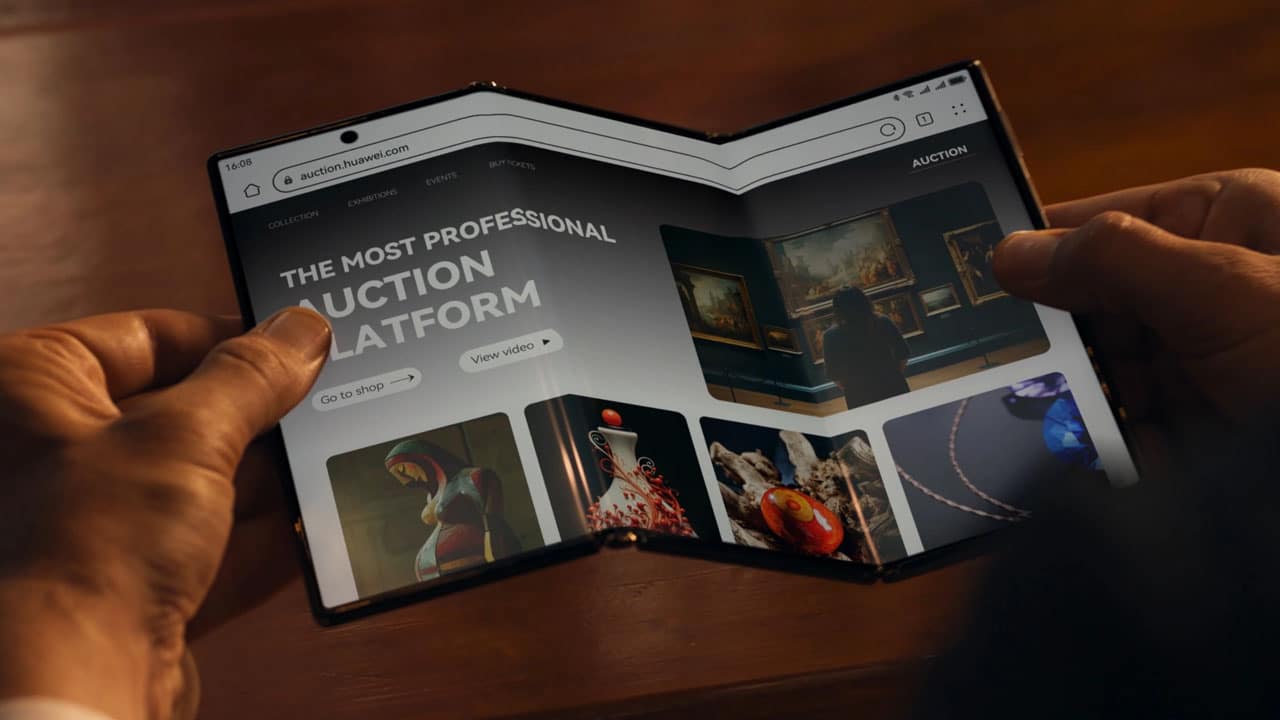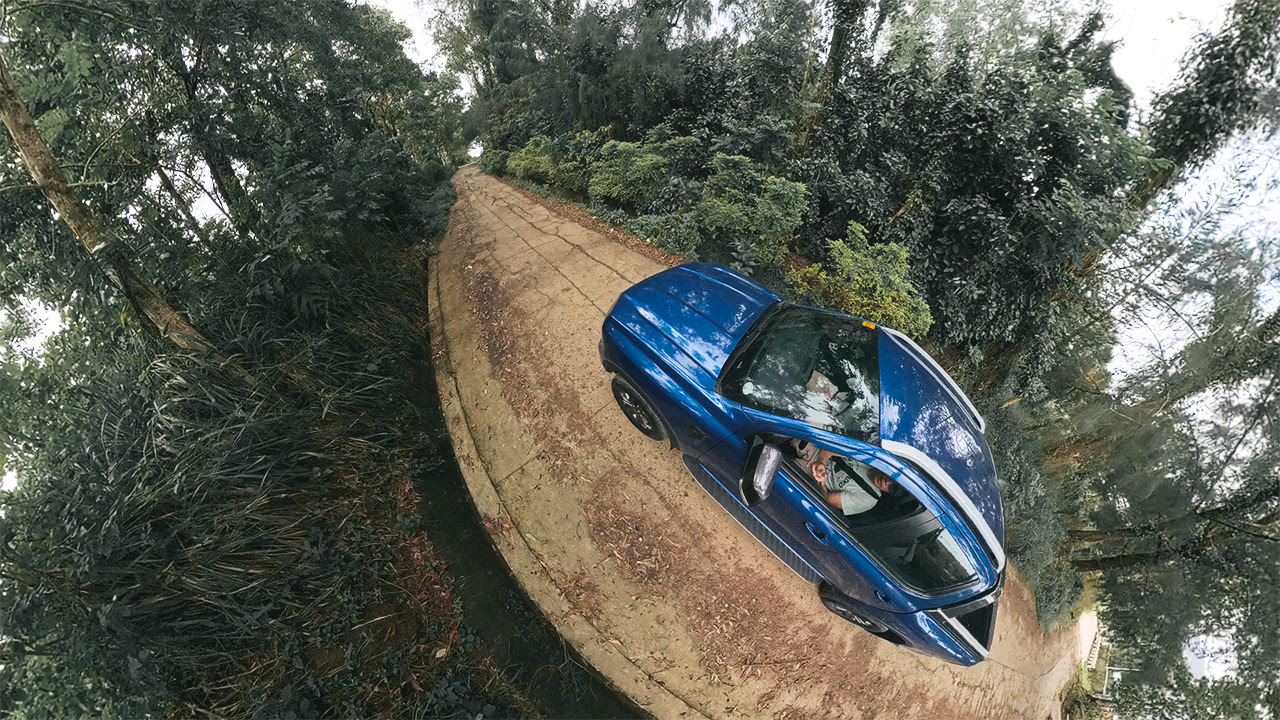
With the Ford Ranger Wildtrak, being as versatile and easy to drive as it is, was a perfect companion for us on this quick escape outside the city.

HONOR Magic V3 feels like a culmination of what these folding devices are trying to achieve. It’s unexpectedly slim, and powerful, and it’s more affordable, too.

Slightly more compact and with a refreshed look, the mini Link 3 boasts the same ease of use and portability.

Discover how the Nissan Navara Pro-4X delivers adventure-ready performance for off-road drives, camping trips, and scenic road trips across the Philippines.

Dyson releases its first-ever wet floor cleaner, the Dyson WashG1

Orient has introduced four new Orient Bambino 38 models to its Classic Collection, featuring a small seconds subdial.

In beginner-friendly initial setup guide we cover unboxing, device functions, and optional upgrades for the Lenovo Legion Go

The ColourPop x Pokémon collection pays homage to the classic Pokémon games and anime

The Huawei Watch Fit 3 is the latest iteration in Huawei's line of sporty and fashionable smartwatches.

Bookshelf PH officially unveiled Blankscape. A digital magazine where creators can have their works presented and polished
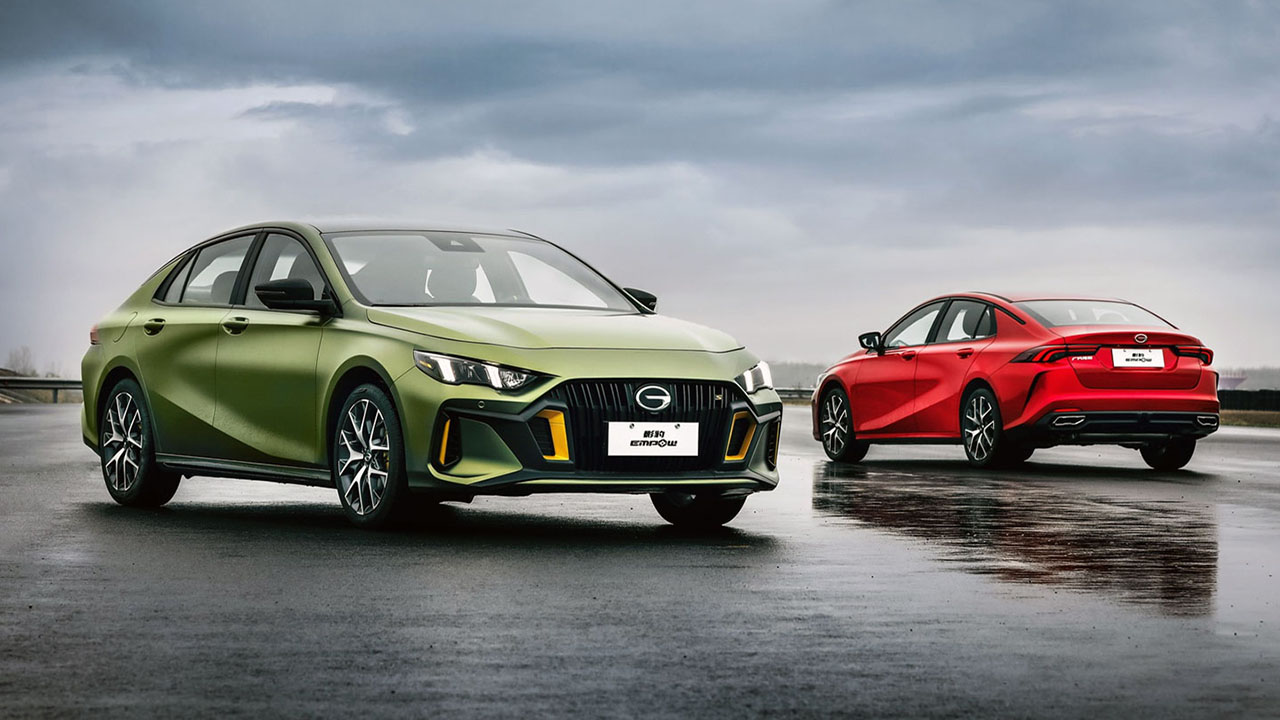
AC MOTOR Philippines is bringing festive cheer with a special and limited-time only pricing promo on the EMPOW Sports Sedan…

To mark ten years of Pinoy Music’s growth on Spotify, the Pinoy Music Hub is part of the platform’s commitment…

Microsoft just updated its Copilot AI, making it more functional and personal for everyday use.
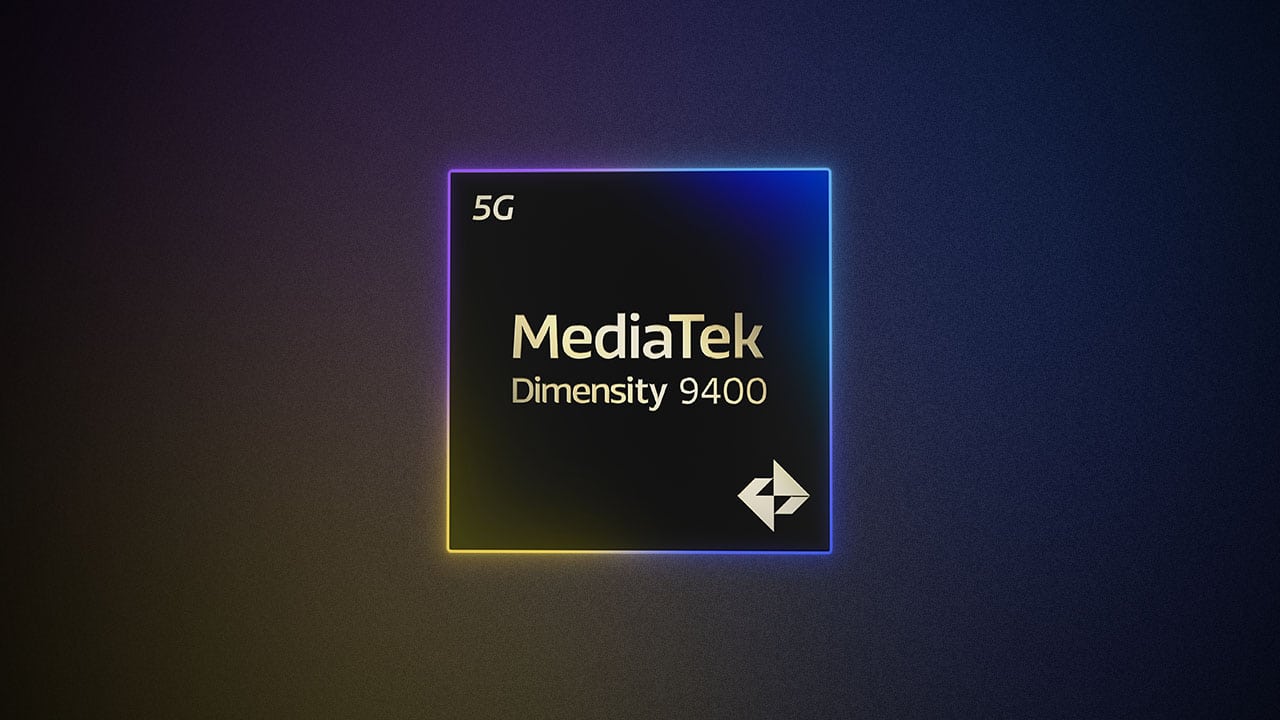
MediaTek today launched the Dimensity 9400, the company’s new flagship smartphone chipset optimized for edge-AI applications, immersive gaming, incredible photography,…
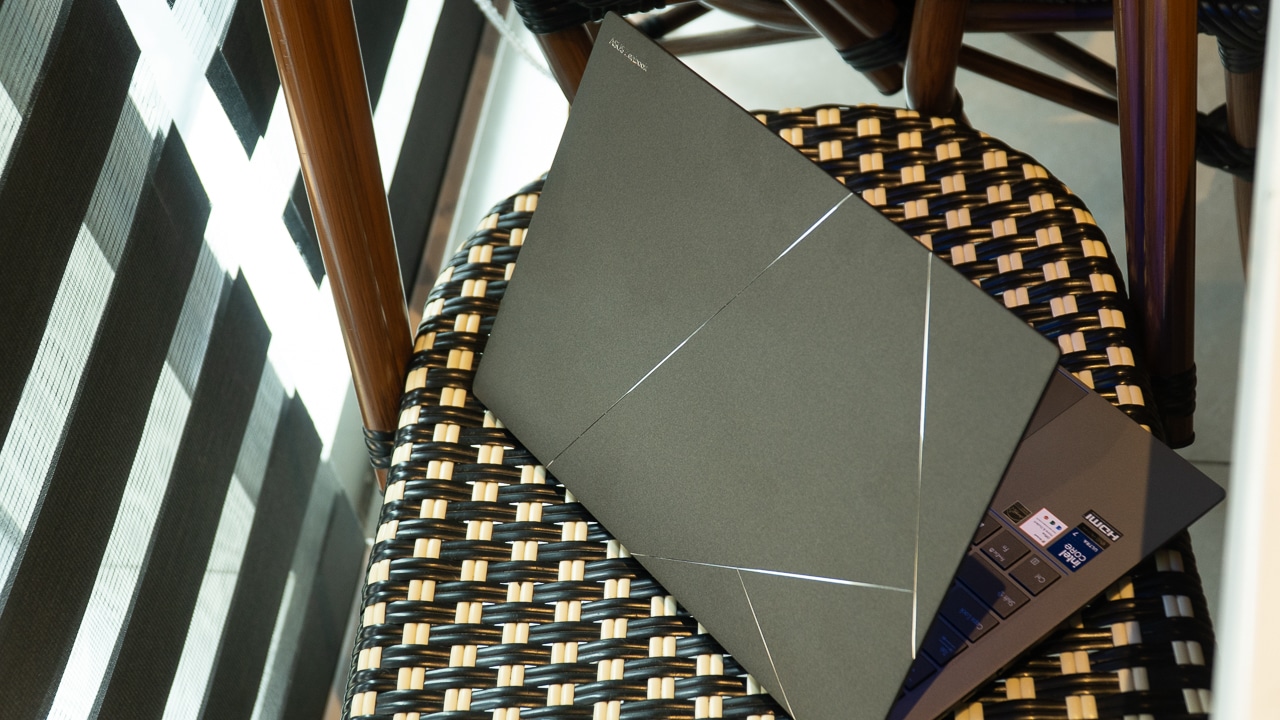
The new ASUS Zenbook S14 (UX5406) has officially landed in the Philippines
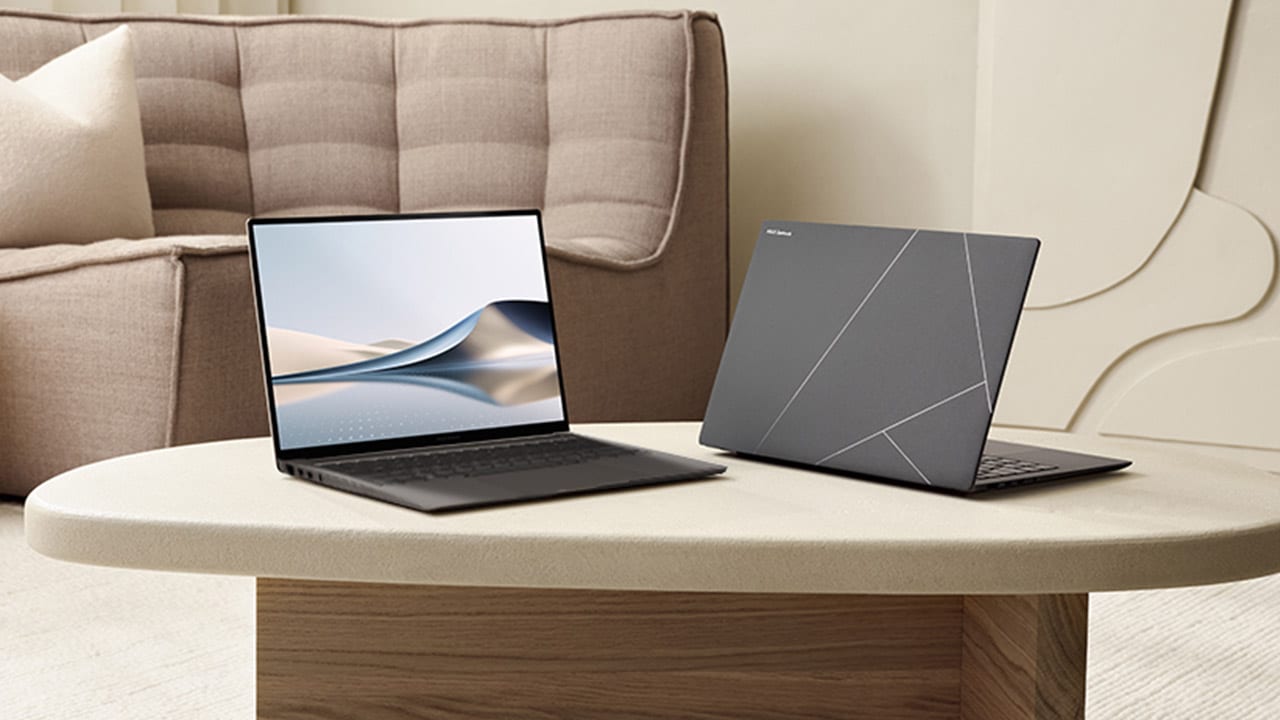
ASUS Philippines (ASUS) today launched its most advanced ASUS AI PC yet – the Zenbook S 14 (UX5406)

HONOR will be offering exciting discounts and freebies on the HONOR 200 Pro, HONOR X6b, and more f

For the first time since its release over a decade ago, Rockstar Games’ Red Dead Redemption is finally making its…
